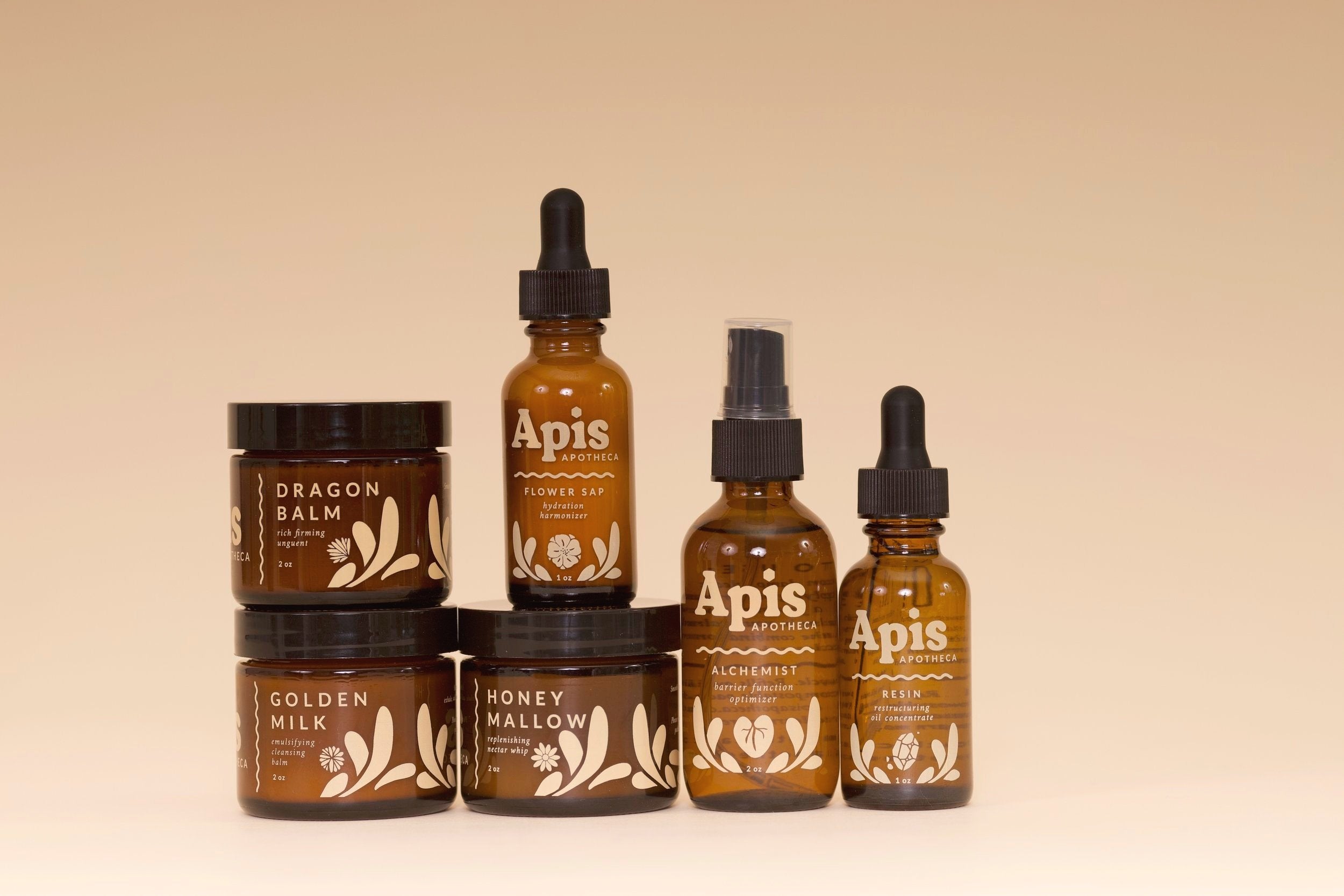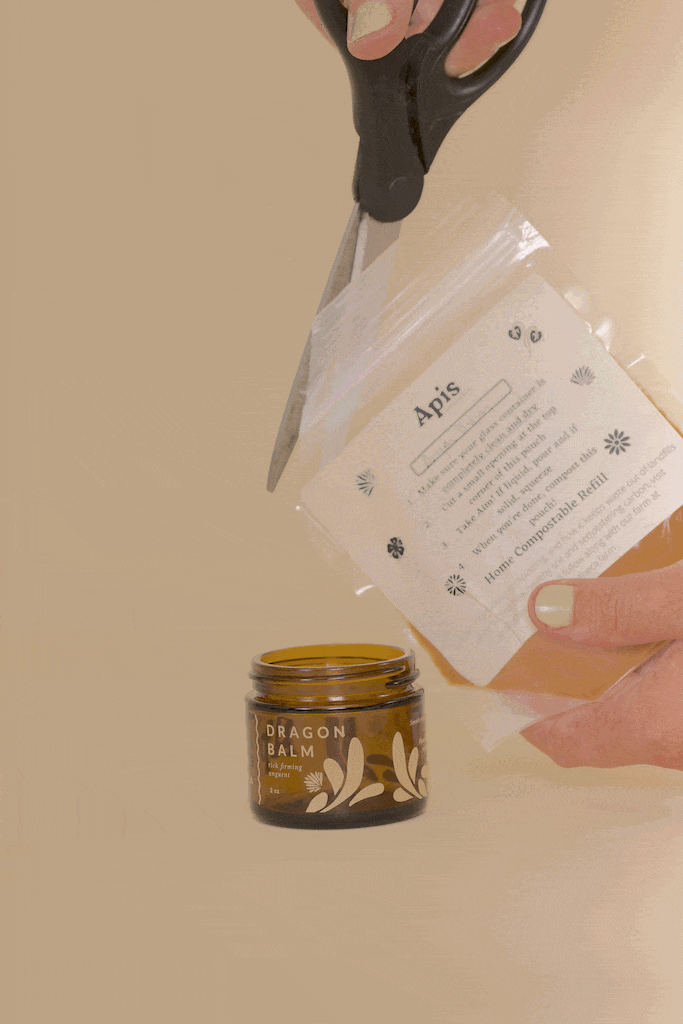We are not doctors.
We just have no other choice but to f around and find out when it comes to not just surviving our luteal phase each month, but maybe even THRIVING through it.
Science has, historically, ignored women’s health and this glaring hole in research is no different. Bit by bit, we can help each other find a way through. Here’s our current playbook (always changing based on new experiments and research, but its a good start!)
-
Beans
We’ve gone on and on about beans in and other important food things in this post, but to reiterate: beans are unparalleled at binding to and soaking up excess hormones that if left to their own devices can re-circulate and cause an inflammatory cascade that makes PMS and period pain WAY WORSE. When we start to notice little signs that there may be a hormone traffic jam forming like pimples around the jaw/mouth and increasing breast tenderness, we begin using beans medicinally and eating a table spoon of them every couple of hours to keep the hormone train on the tracks. Try it— it is surprising how fast this can work.
-
Less caffeine
Caffeine is so fun and exciting but it does put an extra burden on the liver, which is already working so hard during Act 2 of our cycles. It can also skew hormones towards something called the ‘pregnenalone steal’, where the ‘master’ hormone that makes both progesterone and cortisol gets ‘stolen’ to make cortisol instead of progesterone— and too much cortisol leads to a lot of unnecessary inflammation In the luteal phase.
-
Minerals
These are very important to overall health and can play a BIG role in your mood, sleep, energy and pain levels. Most people need magnesium (there’s discussion about which type is best but mag glycinate seems like a trusty one). You might want to get tested for other mineral deficiencies as well, using a Hair Tissue Mineral Analysis (HTMA) test and having someone who knows what they are doing decode it for you. Our favorite way to incorporate minerals is from nettles and oatstraw steeped overnight, as well as this type of shilajit that we will be discussing more in depth in our upcoming favorite supplements post.
-
Being really serious about protein + fiber at breakfast
It balances your blood sugar, which keeps your cortisol under control- as we have discussed the importance of above. You will be less hangry and therefore more protected from the already stormy seas of the hormonal soup you are being tossed around in.
-
Green tea/reishi during/post ovulation
If we are talking specifically about skin (everything above will certainly help keep skin stable and clear) then there’s a few specific things that can help. Green tea and Reishi are both wonderful liver tonics AND 5-alpha-reductase inhibitors. This enzyme is responsible for converting regular Testosterone into a supercharged acne-causing version called DHT. By inhibiting this enzyme, we can prevent this conversion from happening and thereby reduce the effect that surging Testosterone can have on our skin both during ovulation when it is naturally at its highest and leading up to menstruation when it can be more evident as estrogen falls.
-
Masks every other day
Something gentle like Bounce House or Lunar Lymph. You don’t want to strip your skin or mess with the barrier function, so keep it to food-like things like yogurt, honey, clay etc if you’re going to make one in the kitchen.
-
Lighter treatments like AlcheMist, Flower Sap and Resin
If you’re extra prone to pms breakouts, keeping topical treatments on the lighter more breathable side the week before is a good idea! Let the sebum continue to flow out smoothly instead of trapping it with a more occlusive balm. However, all of our products are designed to be safe for acne prone skin so you don’t have to worry if you love your balms all month long. Everyones skin is different and takes some trial and error to find out what it likes best, and if your routine is working, leave it!
-
Processing anger/ grief
According to Chinese Traditional Medicine our liver is where anger lives and is processed and our lungs hold and process grief. The liver is instrumental in both skin health and hormone health and the lungs are closely connected to the skin (it is said they ‘open to the skin’. Our emotions affect us physically, and every healing tradition from every part of the world has acknowledged this throughout time. You’d be surprised how physical symptoms can ameliorate when you begin taking emotions seriously and giving them the care they’re asking for— journalling, watching a sad movie and crying, yelling into a pillow. Let it out.
-
Exercising/ sweating
Exercising for a smooth luteal phase is a month-long game of listening to when your body can push a little more in the follicular (day1 through ovulation) phase, and pulling back to more gentle routines when your energy naturally falls in the luteal phase. Exercise and intentional sweating moves our lymph, remove toxins, balance blood sugar, promotes better sleep, reduces cortisol… it’s almost like it helps every single thing mentioned here! WOW! Amazing. The hardest part is starting (we know this very well), whether you’re a do-the-same-thing every day kind of person or need-to-mix-it-up exerciser, make it fun. We listen to romantasy audiobooks and it has created a very positive pavlovian feedback loop for exercise. Saunas are also amazing if you have access to them and can offer a nice form of ‘passive’ cardio for the times when moving feels like too much.





